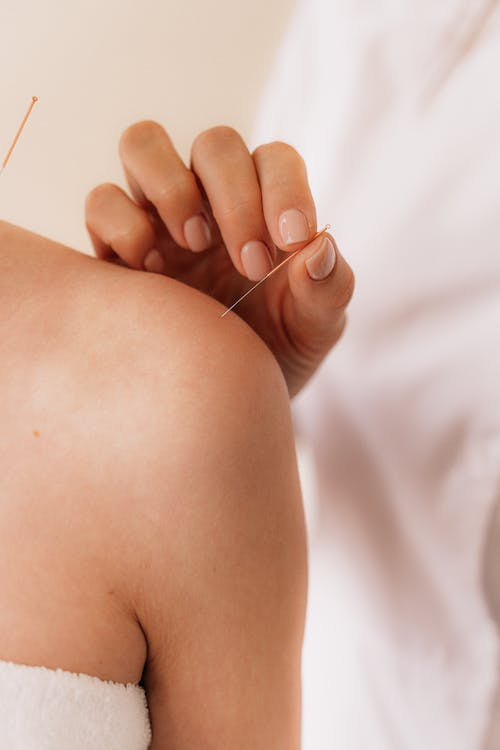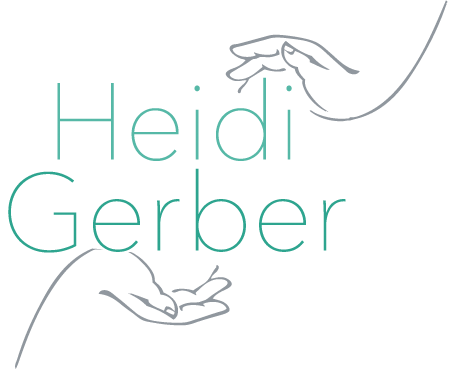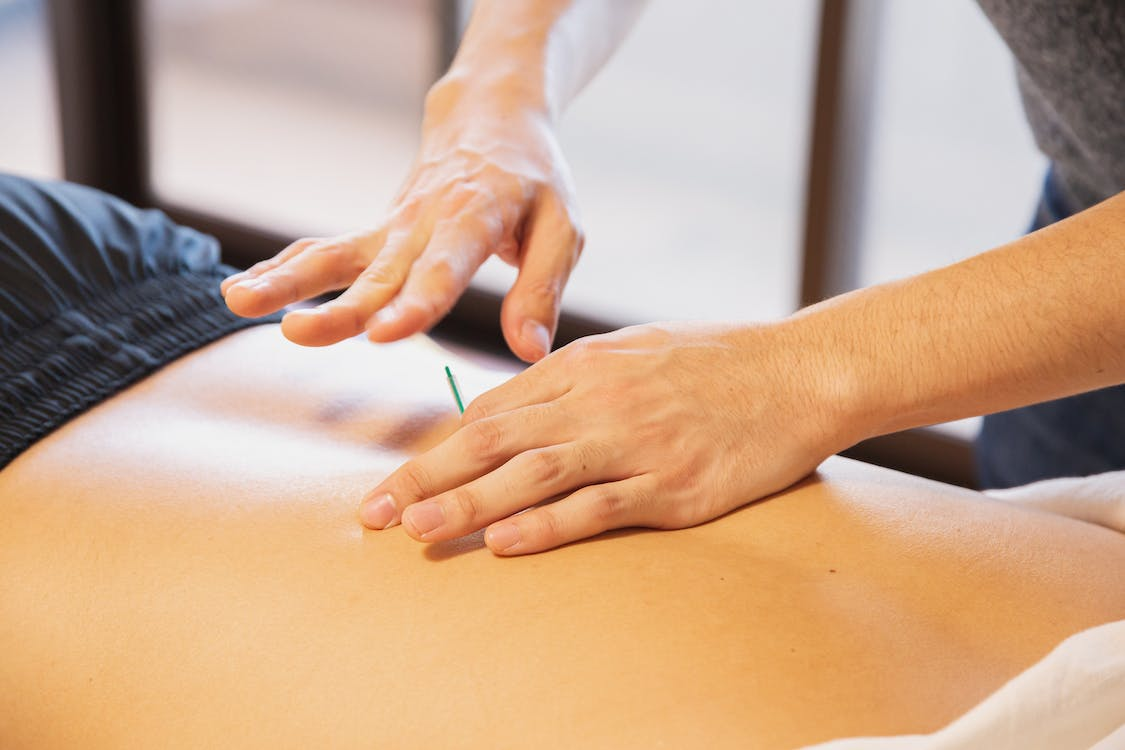In the realm of alternative therapies for pain relief, dry needling has emerged as a promising technique that goes beyond the conventional methods. This practice, rooted in ancient Chinese medicine, has gained popularity for its effectiveness in addressing a myriad of musculoskeletal issues. Let’s jump into the benefits of dry needling, demystifying its origins, mechanics, and the diverse range of conditions it can alleviate.
Origins of Dry Needling
While dry needling may seem like a contemporary therapeutic approach, its roots can be traced back to traditional Chinese medicine and acupuncture.
Unlike acupuncture, however, dry needling primarily focuses on trigger points within muscles—tight bands of tissue that cause pain and discomfort. This technique involves inserting needles into these trigger points, stimulating the release of tension and promoting natural healing mechanisms.
How Dry Needling Works
 Dry needling operates on the principle of releasing muscle tension through precise needle placement. The needles used are extremely thin and do not inject any substances into the body, hence the term “dry” needling.
Dry needling operates on the principle of releasing muscle tension through precise needle placement. The needles used are extremely thin and do not inject any substances into the body, hence the term “dry” needling.
When inserted into trigger points, the needles create micro-injuries that prompt the body to respond with increased blood flow, improved oxygen supply, and endorphin release —natural painkillers. This process helps relax tight muscles and promotes the body’s natural ability to heal itself.
Conditions Addressed by Dry Needling
One of the significant advantages of dry needling is its versatility in addressing various musculoskeletal conditions.
It has been found effective in relieving chronic pain associated with conditions such as myofascial pain syndrome, tension headaches, and fibromyalgia. Moreover, athletes often turn to dry needling for the management of sports injuries and the enhancement of performance by optimizing muscle function.
The Benefits of Dry Needling
- Pain Relief:Dry needling provides effective pain relief by targeting specific trigger points, reducing inflammation, and alleviating muscle tightness.
- Improved Range of Motion:By releasing tension in muscles, dry needling can enhance flexibility and improve the range of motion, making it beneficial for those struggling with stiffness.
- Accelerated Healing:The micro-injuries induced by the needles stimulate the body’s natural healing processes, promoting faster recovery from injuries.
- Minimally Invasive:Compared to some traditional therapies, dry needling is minimally invasive and generally well-tolerated by patients.
Dry needling represents a fascinating intersection of ancient wisdom and modern therapeutic approaches. By understanding its origins, mechanics, and the diverse range of conditions it can address, individuals seeking alternatives to conventional pain relief methods may find solace in the precision and effectiveness of dry needling.
Now that you’ve read all about the benefits of dry needling, it’s time to search for a qualified dry needling therapist.
Heidi Gerber provides the most dependable stress and pain management services in Long Island.
Our wide range of services includes IVF fertility treatment, craniosacral therapy, detox massages, acupuncture therapy, and more.
Drop us a message today to schedule an appointment.

